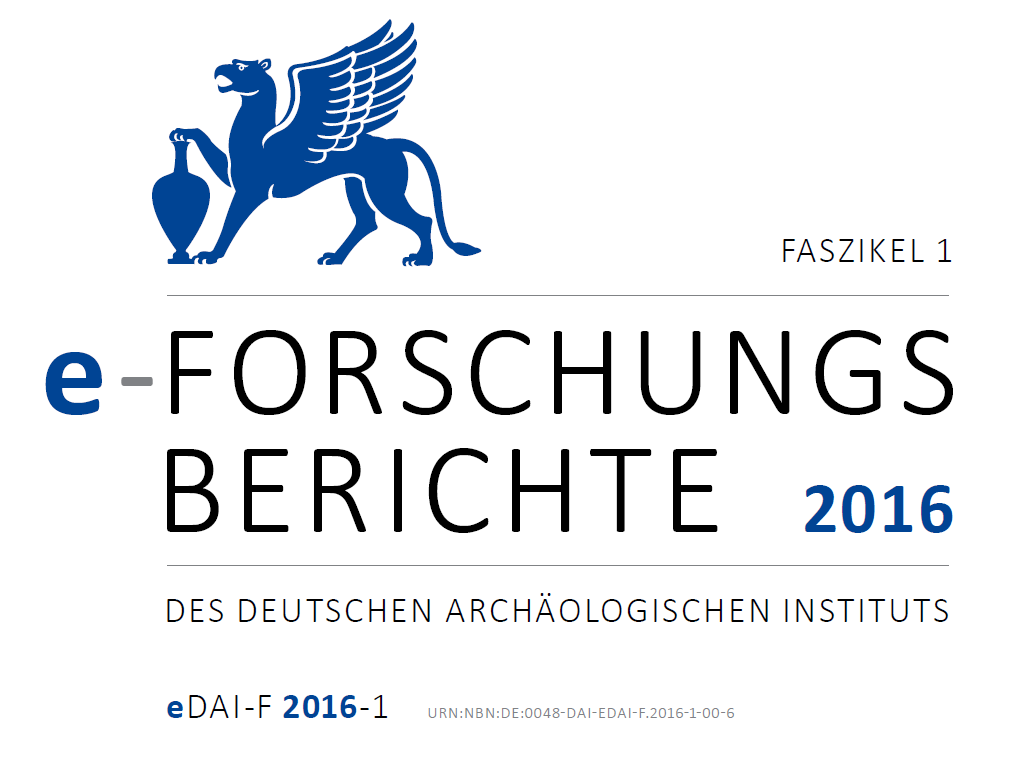Kırklarelİ, Türkei: Ausgrabungen in der neolithischen Siedlung Aşaǧı Pınar
https://doi.org/10.34780/b1a1-2kye
Résumé
The emergence of a new way of living in permanent settlements based on farming, conventionally addressed as the “Neolithic Revolution”, has been one of the most significant turning points in the history of civilization, with time leading to the emergence of more complex socio-economic models. The modalities of this new way of living, after having its initial evolutionary stages in certain parts of the Near East, from the beginning 7th Millennium on began dispersing to other region, thus becoming a global model. In this respect, the quest to find answers to questions when, how and why farming appeared in Europe has always been a matter of controversy. To find answers to these questions excavation at the Neolithic site of Aşağı Pınar, located in Eastern Thrace, the main contact zone of Anatolia with South-eastern Europe. Excavations at Aşağı Pınar have revealed an uninterrupted cultural sequence from c. 6200 to 4900 BC, from the time when the first farmers arrived in Thrace to its full adaptation to local environmental conditions. Aşağı Pınar became not only the key site for the chronology of the Karanovo I to IV sequence in Thrace but has made it possible to discern issues such as settlement organisation, social structuring and subsistence. Since 2010 two ditches could be excavated on a distance of 140 metres. Both ditches have no obvious functions like defense, water supply or working place. Recent observations not only in Aşağı Pınar but also in other Neolithic sites suggest to interpret ditch digging as a cultural phenomenon.Téléchargements
Publiée
2023-05-26
Numéro
Rubrique
Artikel
Informations bibliographiques et critiques
Comment citer
Hansen, S., Özdoǧan, M., Özdoǧan, E., Schwarzberg, H. et Parzinger, H. (2023) « Kırklarelİ, Türkei: Ausgrabungen in der neolithischen Siedlung Aşaǧı Pınar », e-Forschungsberichte des DAI, p. 150–159. doi:10.34780/b1a1-2kye.





